Every driver knows the sinking feeling of a car breakdown—an unexpected halt that can turn any journey into a stressful ordeal. Whether it’s a minor inconvenience or a full-on roadside emergency, understanding why cars fail is the first step in preventing these disruptions. From forgotten maintenance to sudden mechanical failures, the reasons behind vehicle troubles are varied but often avoidable. In this article, we’ll explore the top causes of car breakdowns and offer practical tips to keep your ride smooth, safe, and reliable—helping you stay on the road and out of the repair shop.
Table of Contents
- Common Causes of Engine Failure and Preventive Maintenance Tips
- The Role of Battery Health in Unexpected Car Shutdowns
- How Tire Issues Lead to Breakdowns and Ways to Keep Your Tires Road-Ready
- Cooling System Malfunctions and Strategies to Avoid Overheating
- Signs of Transmission Trouble and Steps to Ensure Smooth Shifting
- Electrical System Glitches and Routine Checks to Keep Your Car Powered
- Q&A
- In Retrospect

Common Causes of Engine Failure and Preventive Maintenance Tips
Engines are complex machines that require careful attention to keep them running smoothly. One of the most frequent culprits behind engine failure is overheating. This typically occurs due to coolant leaks, a faulty radiator, or a broken water pump. Another common cause is lack of proper lubrication, which leads to excessive friction and wear on engine components. Using low-quality oil or failing to change the oil on time can quickly accelerate engine damage. Additionally, dirty air filters restrict airflow, forcing the engine to work harder and reduce fuel efficiency over time.
Preventive maintenance is your best defense against unexpected breakdowns. Here are some easy, yet vital steps to stay ahead:
- Regularly check fluid levels – coolant, oil, transmission fluid, and brake fluid.
- Replace air and oil filters according to the manufacturer’s schedule.
- Inspect belts and hoses for cracks or wear and replace them if necessary.
- Keep an eye on the dashboard warning lights and address issues at the first sign.
| Cause | Preventive Tip |
|---|---|
| Overheating | Check coolant levels & radiator flow |
| Oil degradation | Perform timely oil changes |
| Clogged air filter | Replace filters regularly |
| Belt wear | Inspect & replace belts periodically |
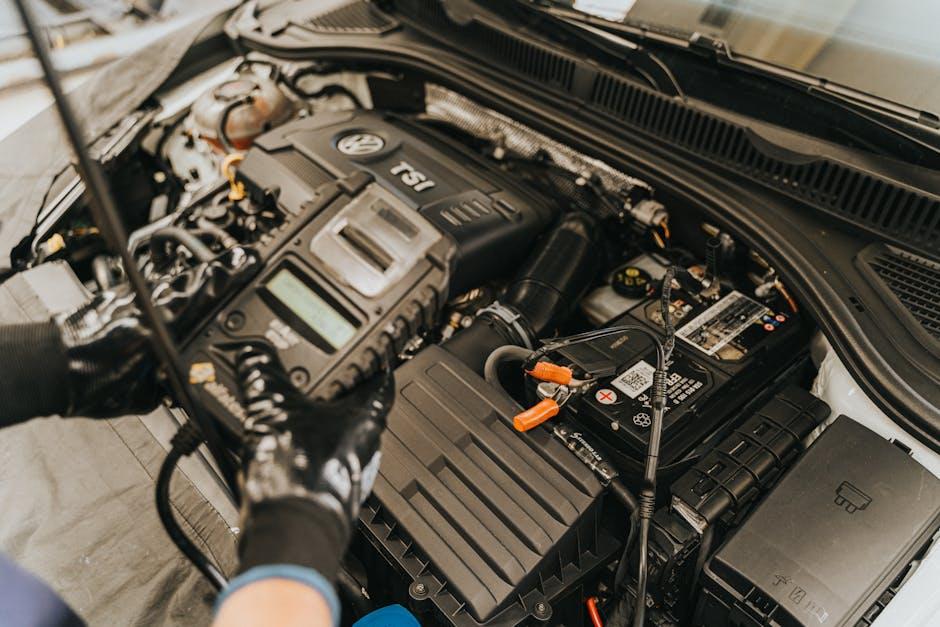
The Role of Battery Health in Unexpected Car Shutdowns
Battery health plays a pivotal role in keeping your car running smoothly, and when it starts to decline, unexpected shutdowns can catch you off guard. A weak battery often shows subtle signs, such as slow engine cranking or dim headlights, before it completely fails. Ignoring these warning signals can lead to situations where your vehicle simply dies at inconvenient moments, leaving you stranded. Regularly checking your battery’s voltage and terminals for corrosion can prevent unwelcome surprises and extend its lifespan.
To maintain optimal battery performance, consider these practical steps:
- Routine inspections: Have your battery tested during regular service intervals.
- Keep terminals clean: Corrosion buildup can hamper electrical flow and drain power.
- Limit short trips: Frequent brief drives may not give the alternator enough time to fully recharge the battery.
- Secure battery connections: Loose cables can interrupt voltage supply unexpectedly.
| Symptom | Possible Cause |
|---|---|
| Engine cranks slowly | Low battery charge |
| Dashboard lights flicker | Corroded terminals |
| Car won’t start | Dead battery |
| Electrical accessories fail | Weak battery connections |
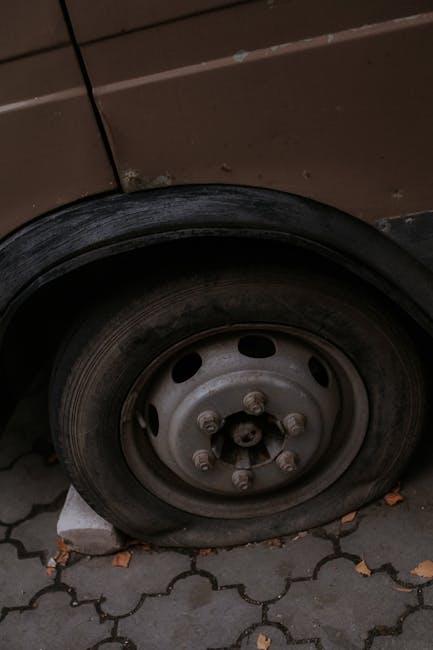
How Tire Issues Lead to Breakdowns and Ways to Keep Your Tires Road-Ready
Tires are the unsung heroes of your vehicle’s performance and safety, yet they often go unnoticed until a problem arises. Worn tread, improper inflation, and unnoticed damage can quickly spark a series of failures, leading to inconvenient and sometimes dangerous breakdowns. Underinflated tires increase rolling resistance, triggering overheating, premature wear, and ultimately, blowouts. Meanwhile, uneven tread wear reduces traction, impacting your ability to stop and steer effectively, especially in wet or icy conditions. Neglecting regular checks for nail punctures or sidewall cuts can turn a minor tire issue into a roadside emergency.
Keeping your tires road-ready involves a blend of routine maintenance and vigilance. Here are essential practices to keep in mind:
- Check tire pressure monthly to maintain optimal inflation levels.
- Rotate tires every 6,000 to 8,000 miles to promote even wear.
- Inspect tread depth with a simple penny test to ensure safe grip.
- Look for signs of damage or bulges and replace tires promptly if any are found.
- Balance and align wheels periodically to avoid uneven wear and pulling.
| Common Tire Issue | Impact on Car | Preventative Action |
|---|---|---|
| Underinflation | Overheating, blowouts | Check pressure regularly |
| Worn Tread | Reduced traction, longer braking | Replace tires timely |
| Uneven Wear | Handling problems | Rotate and align wheels |
| Damaged Sidewalls | Sudden tire failure | Inspect and replace immediately |
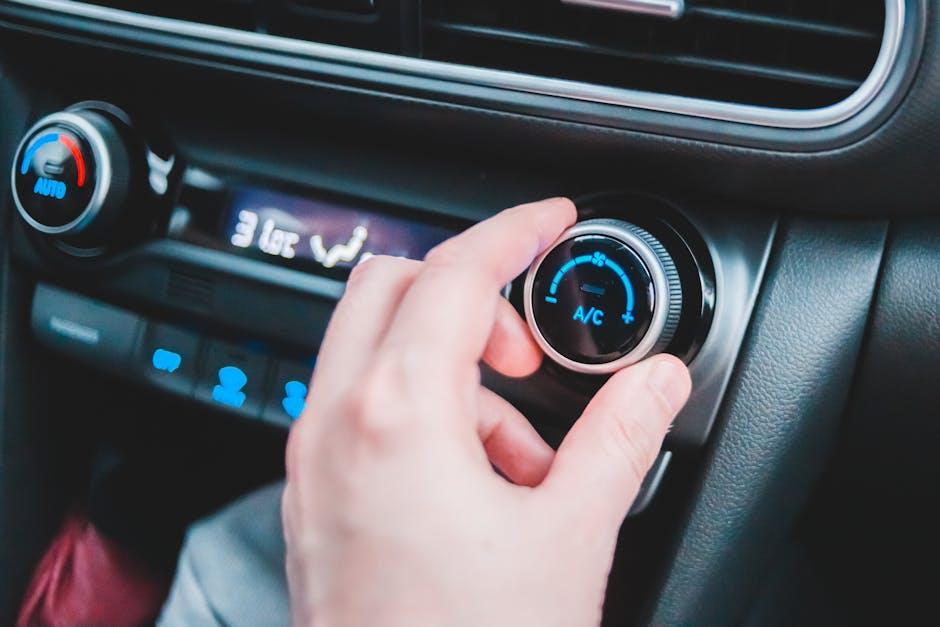
Cooling System Malfunctions and Strategies to Avoid Overheating
One of the most common culprits behind unexpected car breakdowns is a failing cooling system. When your engine overheats, it can lead to severe damage and costly repairs. Key components such as the radiator, water pump, thermostat, and coolant hoses must work in harmony to maintain optimal engine temperature. Failing to address leaks, clogged radiators, or worn-out parts can cause the engine to run hotter than it should, eventually resulting in breakdowns on the road.
To keep your car cool and running smoothly, incorporate these essential practices into your maintenance routine:
- Regularly check coolant levels: Ensure your coolant is topped up with the correct mixture to prevent boiling and freezing.
- Inspect hoses and belts: Look for cracks, bulges, or wear that could lead to leaks or failure.
- Flush the cooling system: Remove sediment buildup and replace old coolant every 2-3 years.
- Monitor temperature gauges: Take immediate action if your car is running hotter than normal.
| Cooling System Part | Common Issue | Preventive Action |
|---|---|---|
| Radiator | Corrosion & clogging | Flush coolant regularly |
| Water Pump | Leakage & bearing wear | Inspect annually |
| Thermostat | Sticking open/closed | Replace if overheating occurs |
| Hoses | Cracks & leaks | Visual inspection every 6 months |
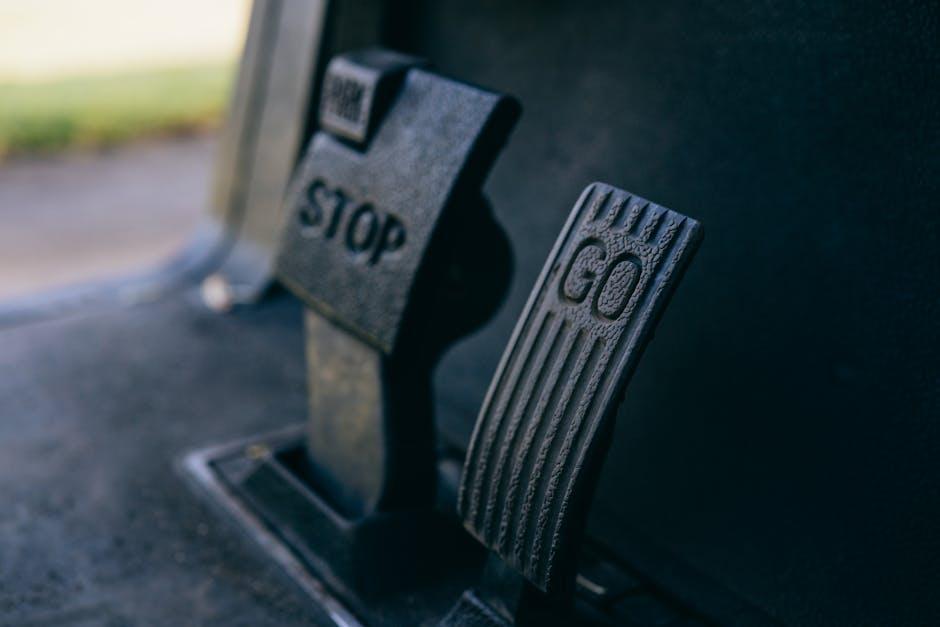
Signs of Transmission Trouble and Steps to Ensure Smooth Shifting
Recognizing early signs of transmission trouble can save you from costly repairs down the line. Common symptoms include delayed or slipping gear shifts, unusual noises such as whining or clunking when changing gears, and a burning smell often associated with overheated transmission fluid. Another red flag is the transmission warning light on your dashboard. Paying attention to these indicators allows you to address problems promptly before they escalate into major breakdowns that could leave you stranded.
To maintain smooth shifting and extend the life of your transmission, consider incorporating these maintenance steps into your routine:
- Regular Transmission Fluid Checks: Ensure fluid levels are adequate and replace old, dirty fluid based on the manufacturer’s recommendations.
- Avoid Excessive Idling: This prevents overheating and unnecessary wear on transmission components.
- Gentle Driving Habits: Avoid abrupt stops and rapid acceleration, which strain the transmission system.
- Professional Inspections: Schedule periodic diagnostic checks especially if shifting feels rough or erratic to catch hidden issues early.
| Symptom | Potential Cause | Recommended Action |
|---|---|---|
| Delayed Gear Engagement | Low or contaminated transmission fluid | Check and replace fluid as needed |
| Grinding Noise | Worn gears or clutch problems | Visit a transmission specialist immediately |
| Transmission Warning Light | Electronic control issues or fluid problems | Diagnostic scan at an auto service center |
| Burning Smell | Overheated transmission fluid | Stop driving and have the system checked |
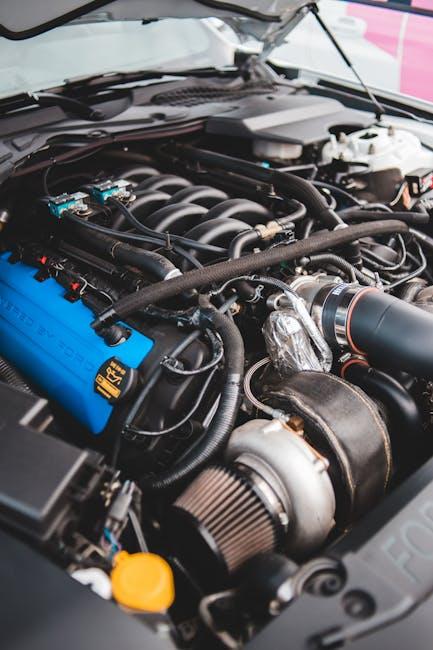
Electrical System Glitches and Routine Checks to Keep Your Car Powered
Modern vehicles heavily rely on their electrical systems to function smoothly, but even minor glitches can leave you stranded. Faulty alternators, drained batteries, and corroded wiring are common culprits that disrupt power flow and cause unexpected breakdowns. Performing routine checks can dramatically reduce these risks. Keep an eye on dashboard warning lights, ensure battery terminals are clean and securely connected, and listen for unusual clicking sounds when starting your car—these subtle signs often hint at electrical issues bubbling under the surface.
Integrating a simple checklist into your maintenance routine helps maintain stable electrical health. Below, explore essential inspection points every car owner should cover to avoid sudden power failures:
- Battery voltage: Test with a multimeter to confirm it’s above 12.4 volts.
- Alternator output: Ensure it’s within 13.5-14.8 volts when the engine is running.
- Fuses and relays: Inspect for burns or damage and replace if necessary.
- Wiring harnesses: Check for frayed or loose connections that may cause shorts.
| Component | Check Frequency | Common Issue |
|---|---|---|
| Battery | Every 3 months | Corrosion & low charge |
| Alternator | Every 6 months | Inconsistent voltage |
| Wiring | Annually | Frays & shorts |
| Fuses | During service | Blown or loose |
Q&A
Q&A: Top Reasons for Car Breakdowns and How to Avoid Them
Q1: What are the most common reasons cars break down on the road?
A1: The top culprits behind car breakdowns include dead batteries, flat tires, overheating engines, alternator failure, and fuel system issues. These problems often stem from neglecting regular maintenance or ignoring warning signs.
Q2: How can I prevent my car battery from dying unexpectedly?
A2: Regularly check your battery terminals for corrosion, ensure connections are tight, and have the battery tested annually. Avoid leaving lights or electronic accessories on when the engine is off, and replace the battery every 3-5 years, depending on usage.
Q3: What steps should I take to avoid getting a flat tire?
A3: Maintain proper tire pressure by checking it monthly, inspect tires for uneven wear or damage, and rotate them regularly. Carry a spare tire and tools, and be cautious of road hazards such as potholes or debris.
Q4: Why does my engine overheat, and how can I stop it?
A4: Overheating often results from low coolant levels, radiator leaks, faulty thermostats, or clogged hoses. Prevent this by flushing your coolant system as recommended, inspecting for leaks, and monitoring your temperature gauge during drives.
Q5: What causes alternator failure, and how is it avoidable?
A5: Alternator issues arise from worn-out belts, electrical faults, or accumulation of dirt and grime. Keep your engine clean, replace worn belts promptly, and be alert for dimming lights or electrical glitches which signal a failing alternator.
Q6: How can fuel system problems be minimized?
A6: Using quality fuel, changing fuel filters as per your vehicle’s schedule, and avoiding running your tank near empty are key. Regular inspections of fuel lines and injectors also help keep your system in top shape.
Q7: Are there general tips to avoid unexpected car breakdowns?
A7: Absolutely! Stick to your vehicle’s maintenance plan, perform routine checks on fluids, brakes, lights, and tires, and listen to your car’s subtle signs. Being proactive and addressing minor issues early prevents bigger breakdowns down the road.
Q8: What should I carry in my car for emergency breakdown situations?
A8: Keep essentials such as a spare tire, jack, jumper cables, basic tools, flashlight, reflective triangles, water, and a phone charger. Preparedness can make a breakdown less stressful and safer while waiting for help.
By understanding these common breakdown causes and taking preventive measures, you can keep your journeys smooth and worry-free. Remember, a little maintenance goes a long way toward avoiding roadside mishaps!
In Retrospect
In the end, while car breakdowns can feel like unexpected detours on the road of daily life, many pitfalls are preventable with a little attention and care. Understanding the common causes—from battery failures to neglected fluids—empowers every driver to take proactive steps, keeping their journeys smooth and steady. By embracing regular maintenance and staying alert to warning signs, you can turn the frustrating prospect of a breakdown into a rare and avoidable event. After all, the road is meant for moving forward, not for unwanted pauses—so invest in your car’s health today and let your travels be defined by freedom, not frustration.
